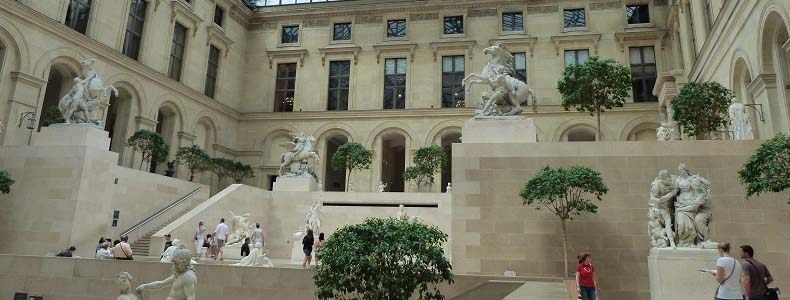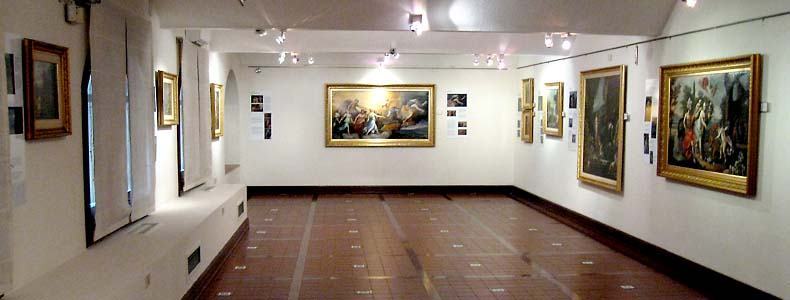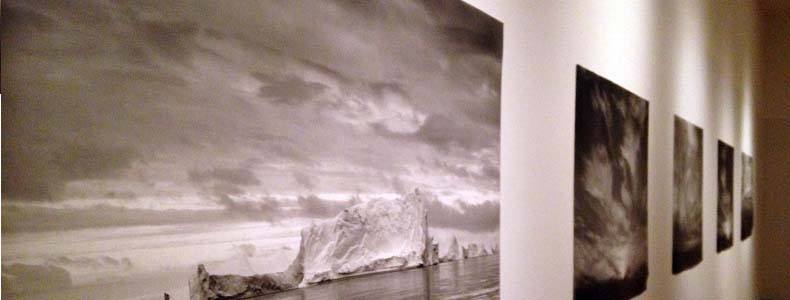Collectible Objects

The common definition of antique is a collectible object such as a piece of furniture or work of art that has a high value because of its considerable age, yet it does in fact vary depending on the source, product, and year.
Motor vehicles are an exception to the 100-year rule. The customary definition of antique requires that an item be at least 100 years old and in original, unaltered condition—which excludes most cars. Therefore, cars are generally considered antique if 25 years old or more. (Cars can be registered as "classic" when 20 years old.).
These definitions were intended to allow people of that time to distinguish between genuine antique pieces, vintage items, and collectible objects. The alternative term, antiquities.
Source: Wikipedia
Museum Archives

A museum is distinguished by a collection of often unique objects that forms the core of its activities for exhibitions, education, research, etc.
This differentiates it from an archive or library, where the contents may be more paper-based, replaceable and less exhibition oriented, or a private collection of art formed by an individual, family or institution that may grant no public access.
A museum normally has a collecting policy for new acquisitions, so only objects in certain categories and of a certain quality are accepted into the collection. The process by which an object is formally included in the collection is called accessioning and each object is given a unique accession number.
Source: Wikipedia
Display Case

A display case (also called a showcase or display cabinet, or a vitrine) is a cabinet with one or often more transparent glass (or plastic, normally acrylic for strength) sides and/or top, used to display objects for viewing, for example in an exhibition, museum, house, retail store, or restaurant.
Often labels or prices are included with the displayed objects, providing information. In a museum, the displayed cultural artifacts are normally part of the museum's collection. In retail, the objects are normally being offered for sale. A trophy case is used to display sports trophies or other awards.
A display case may be freestanding on the floor, or built-in (usually a custom installation). Built-in displays may be mounted on the wall, may act as room partitions, or may be hanging from the ceiling. On occasion, display cases are built into the floor, such as in the Museum of Sydney (in Sydney, New South Wales, Australia), where the remains of drains and privies are shown in their original context, along with other archeological artifacts.
Source: Wikipedia
Exhibition

An exhibition, in the most general sense, is an organized presentation and display of a selection of items. In practice, exhibitions usually occur within museums, galleries and exhibition halls, and World's Fairs.
Exhibitions include (whatever as in major art museums and small art galleries; interpretive exhibitions, as at natural history museums and history museums), for example; and commercial exhibitions, or trade fairs.
The word "exhibition" is usually, but not always, the word used for a collection of items. Sometimes "exhibit" is synonymous with "exhibition", but "exhibit" generally refers to a single item being exhibited within an exhibition.
Source: Wikipedia
Interactive Art

Interactive art is a form of art that involves the spectator in a way that allows the art to achieve its purpose. Some interactive art installations achieve this by letting the observer or visitor "walk" in, on, and around them; some others ask the artist to become part of the artwork.
Works of this kind of art frequently feature computers and sensors to respond to motion, heat, meteorological changes or other types of input their makers programmed them to respond to. Most examples of virtual Internet art and electronic art are highly interactive.
Sometimes, visitors are able to navigate through a hypertext environment; some works accept textual or visual input from outside; sometimes an audience can influence the course of a performance or can even participate in it.
Source: Wikipedia